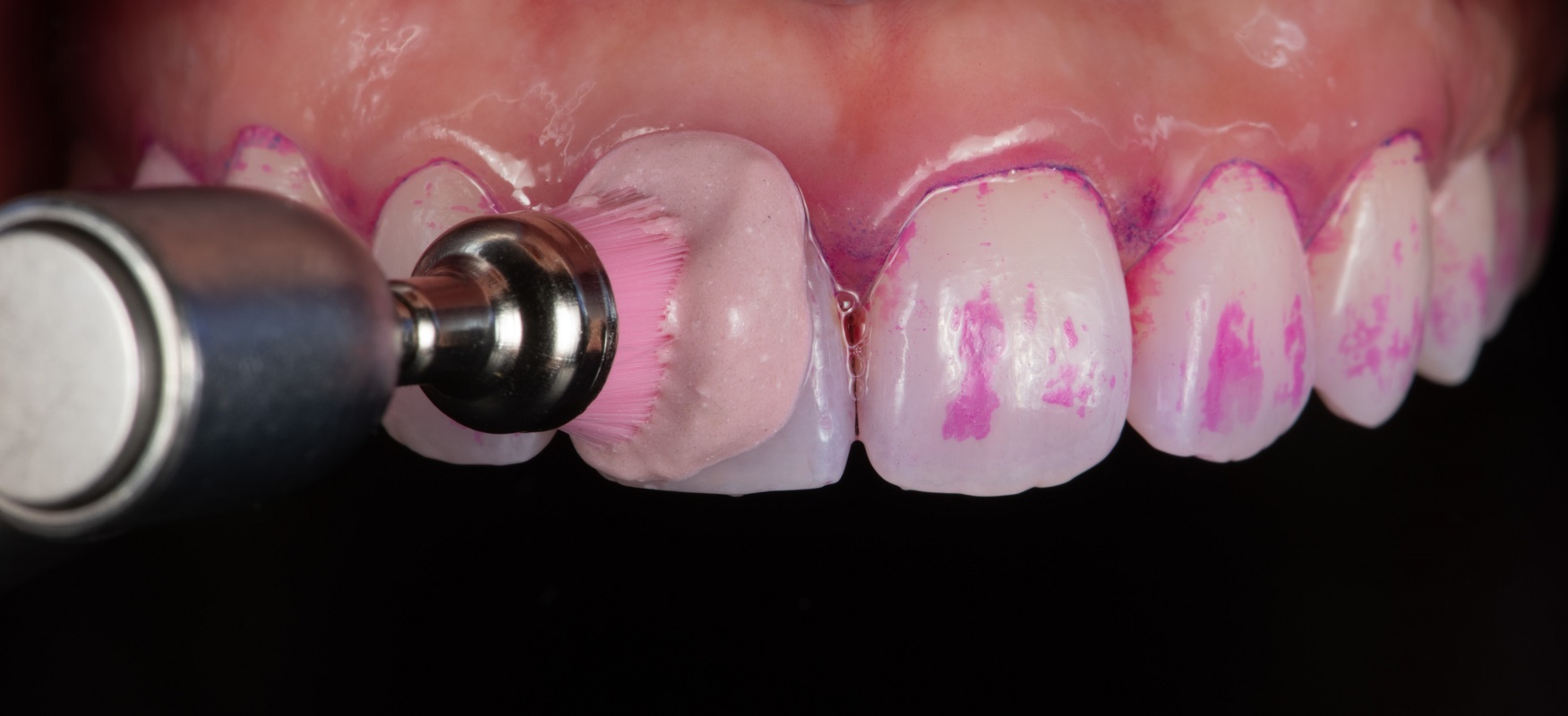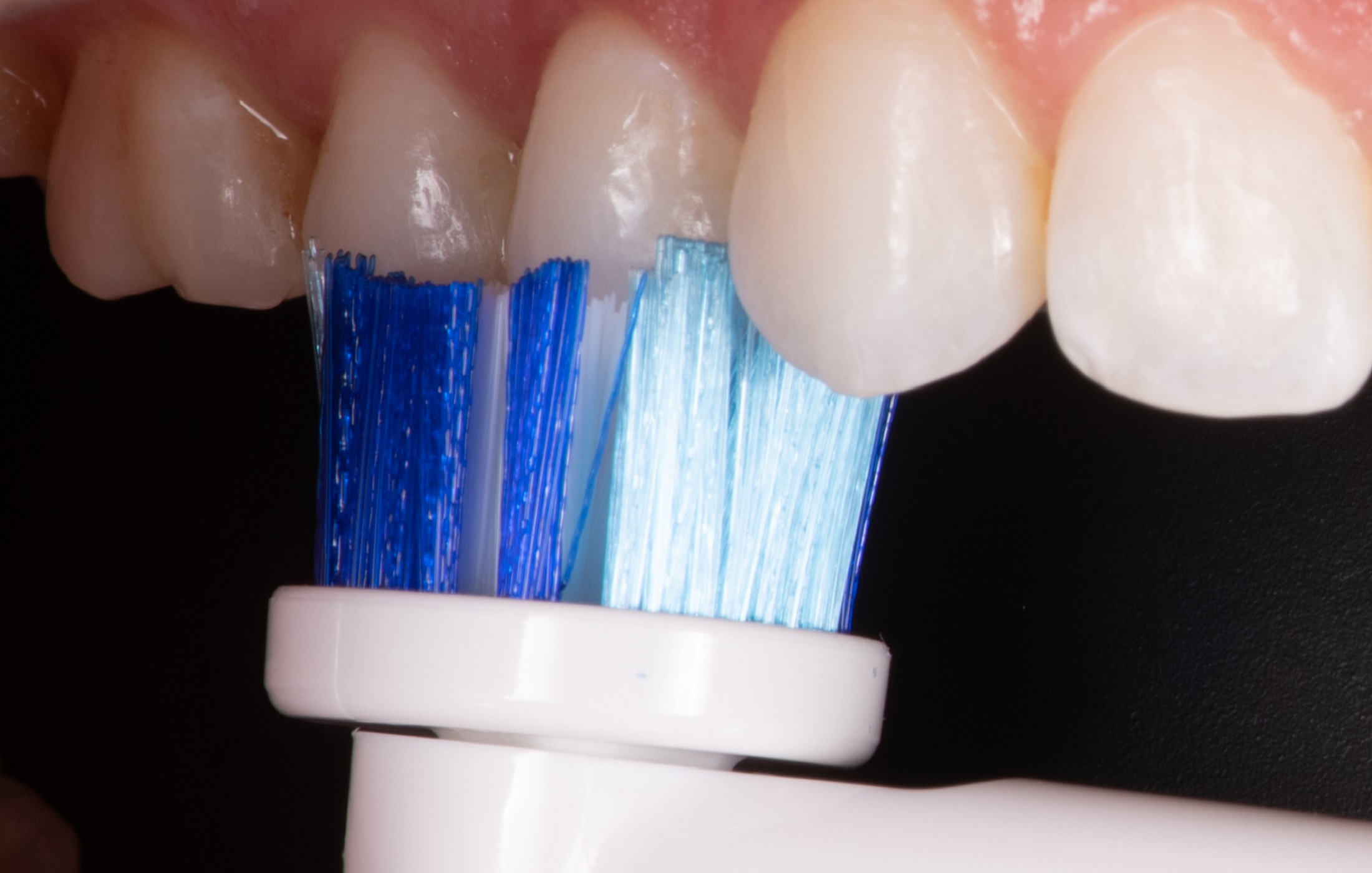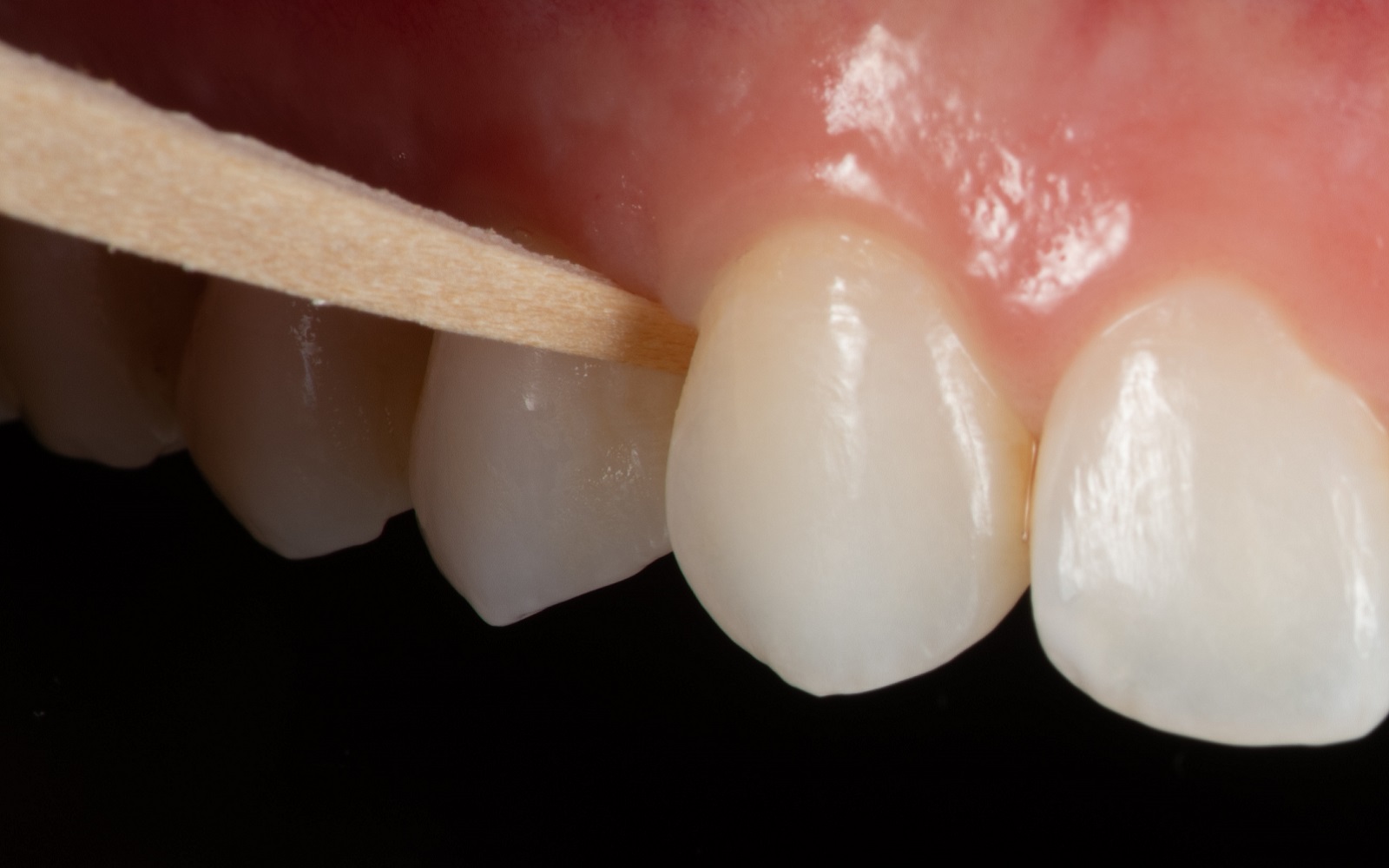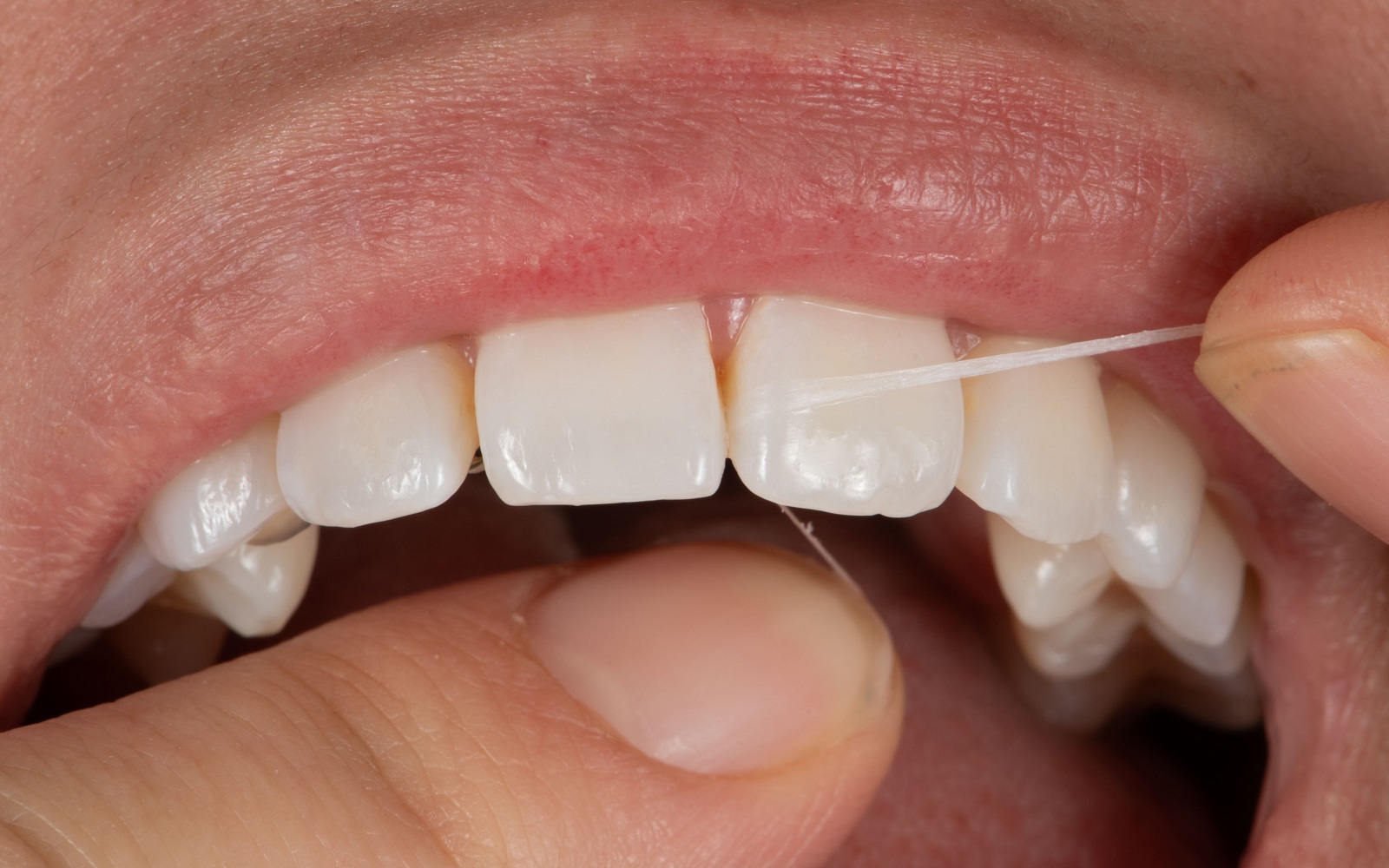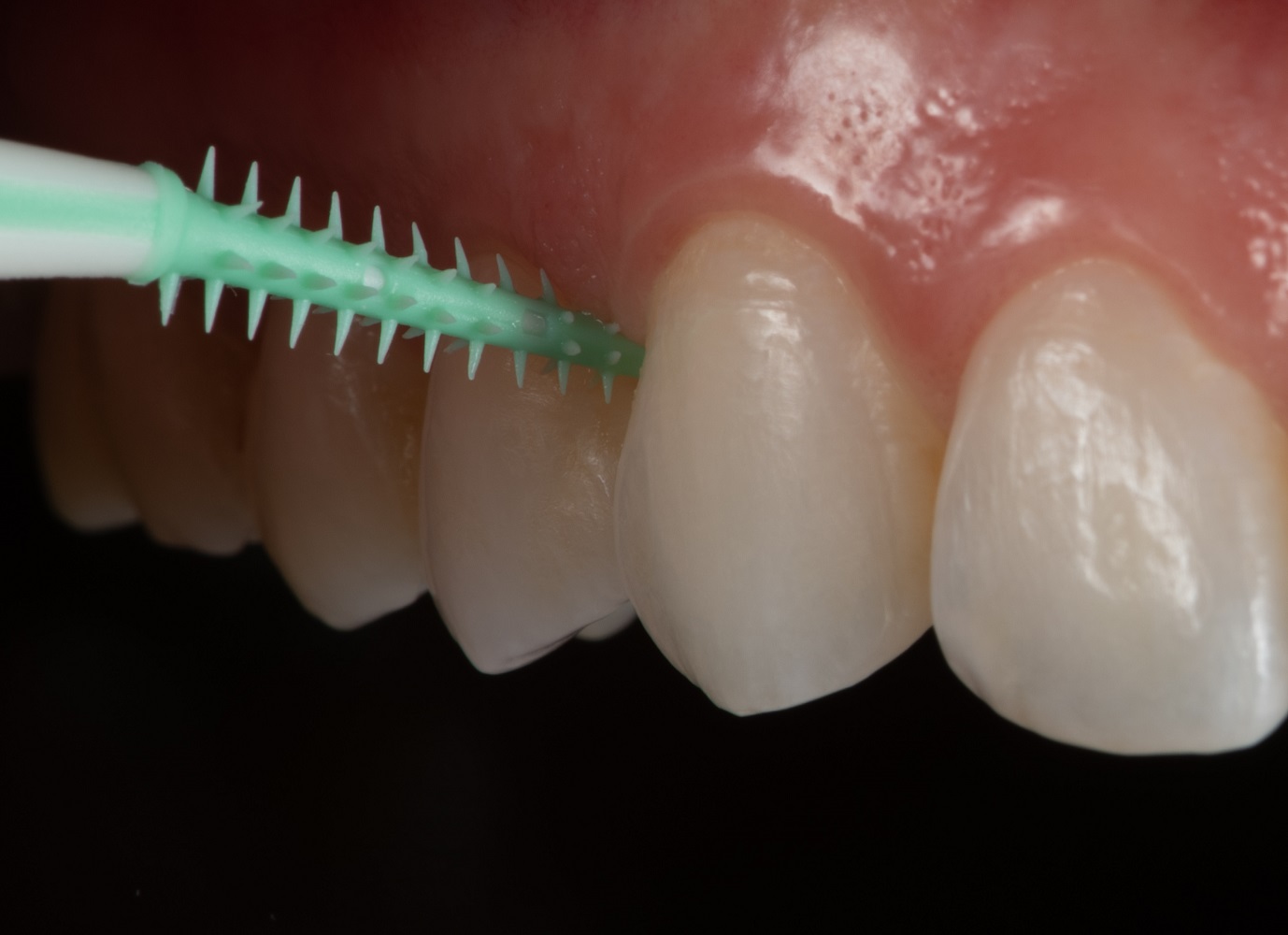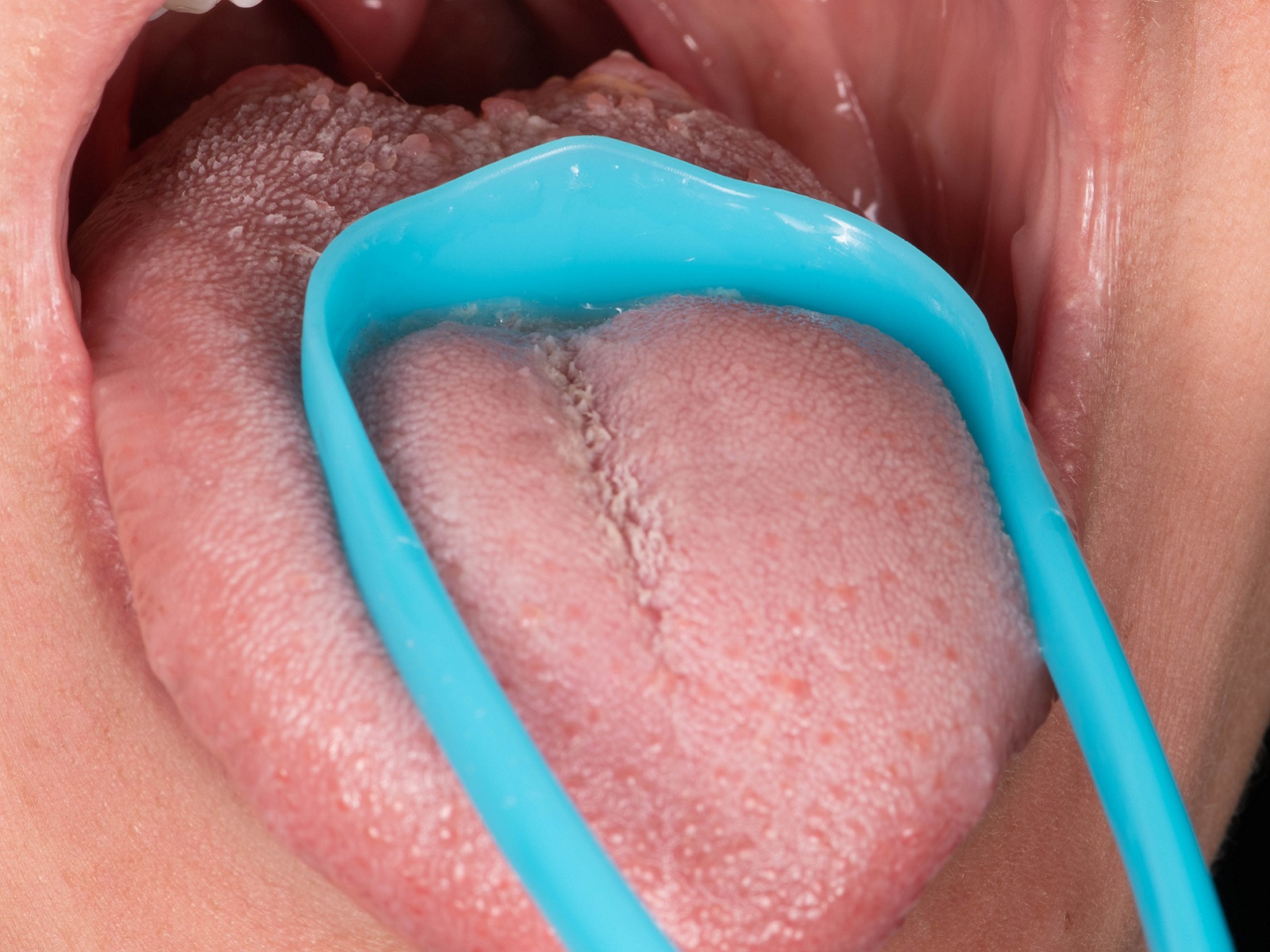Prevention
good oral health is very important. With this, you can prevent caries (cavities) and gum disease. Gum disease has a progressive course: from mild inflammation with little tartar to severe inflammation of the gums and bone where even teeth can be lost (periodontitis). That’s why it’s important to keep an eye on the condition of the gums. We do this by measuring the gums and removing the tartar that has formed.
Not only is maintenance important to keep teeth in the best possible condition but also because the mouth has an important influence on overall health. For example, inflammation of the gums affects early birth, cardiovascular disease, diabetes, respiratory (airway) disease, autoimmune disorders and cancer. 1–3
Also, teeth affect the intake of food, and thus have a major impact on being able to absorb vitamins, minerals and building blocks to have a healthy body.
In addition to all the health aspects, aesthetics play a role.
Teeth play an important role in self-confidence, social interaction but also in getting a job and partner. As dentists, this becomes especially clear to us in the radical aesthetic treatments we do. Patients come back to us after aesthetic treatment with the most extraordinary stories.
But better to prevent than to cure! Hence, much attention on our part to your oral health. Below you will find comprehensive information about cleaning and keeping your teeth and gums clean.

